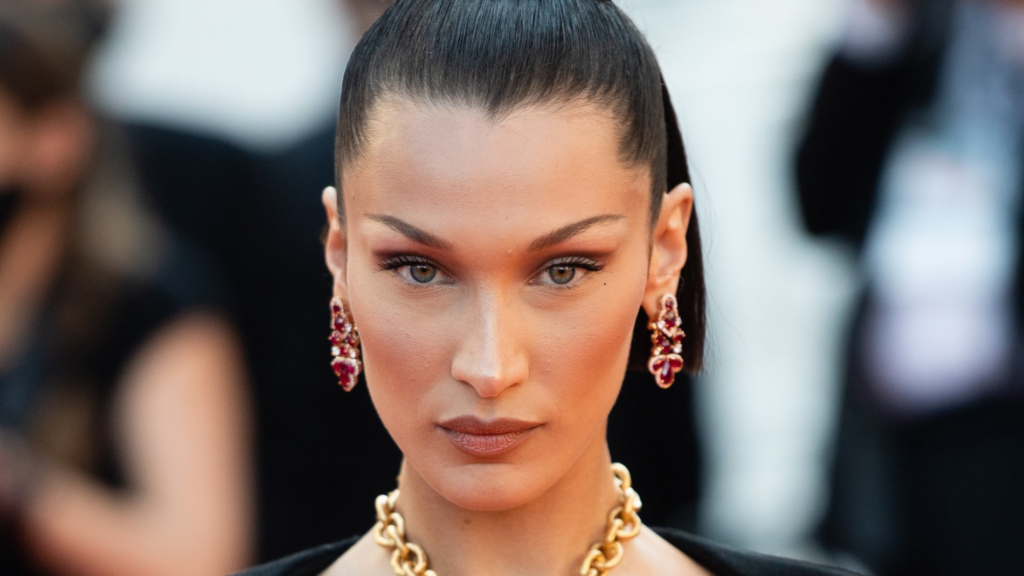
Like supermodel Bella Hadid, many have pulled their hair into a high, tight ponytail to create a more sculpted look, and this desire for a taut effect has now translated into plastic surgery, aptly coined the ponytail lift.
What is surprising is that its popularity is rapidly growing, partly due to attractive marketing, and also thanks to minimal downtime and visible results.
What is the horse tail lift technique?
In short, a ponytail lift is a general term for a cosmetic procedure, which offers results similar to a regular facelift, but is less invasive. In general, a ponytail lift requires small incisions behind the hairline, and tightening of the tissues along the face, using sutures.
The ponytail lift is a minimally invasive technique that avoids the typical “face-lift” incisions around the ears seen with traditional methods, hides the incisions in the hairline, and allows the patient to wear their hair in a ponytail without visible scarring
What is a ponytail lift?
It is an informal term, used to refer to a surgical procedure that surgically tightens the patient’s face, to obtain an elevated effect, by pulling the eyebrows, forehead, and cheeks upward. There are two reasons for referring to the procedure as a ponytail lift: It can provide the same results as a raised ponytail. And the narrow, when it comes to tightening the skin of the face, patients can leave the procedure, and hide the appearance of the incisions, because they are placed along the hairline, not behind the ears.
Unlike traditional facelifts, which are usually designed to remove skin using multiple incisions around the ears, a ponytail lift requires only small incisions along the hairline to tighten tissue along the face.
Despite this, all experts who specialize in performing this modern surgery point out that the term has been popularized for advertising purposes and has no official standing in the plastic surgery community.
Since the skin is not removed during the procedure, those who may choose a ponytail lift instead of the usual face lift are those who want small improvements, rather than a full procedure, and the best candidates are those with little or no signs of aging and little or no excess skin. Jaw line length, top of the neck.
What is required for a horse tail lift surgery?
Just like most plastic surgeries, there are procedures to follow before surgery, and this includes: setting reasonable expectations, quitting smoking one or two months before the procedure, and refraining from medications or nutritional supplements that may cause increased bleeding, such as aspirin and other non-steroidal anti-inflammatory drugs. for inflammation.
After the operation, some bruising or swelling may appear for a period of two weeks, so patients must resort to rest after the operation, as is the case with most surgeries.
Because of the placement of the incisions, the patient should treat the hair and scalp around the incisions gently and gently until the stitches are healed. Therefore, combing the hair vigorously in the areas of threads and cracks should be avoided. It is also suggested to use a gentle, non-irritating shampoo, and to avoid hair coloring for at least two weeks after the operation.
What are the possible side effects of a horse tail lift?
With any surgery, there are risks of scarring, bleeding or damage to the facial nerves, and one complication is that a ponytail lift may not completely correct sagging jaw line or neck, as many would expect.
The most common side effect of this particular procedure is hair loss, and since the surgeon makes incisions in the scalp that holds the hair follicles, there is a risk of hair loss in the incision line, and this can lead to extensive and visible scars within the hairline.
=
